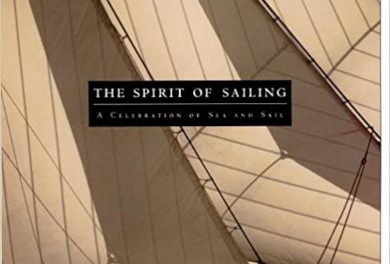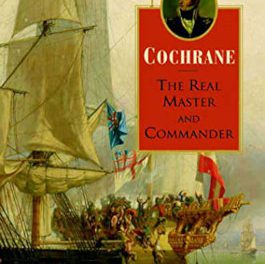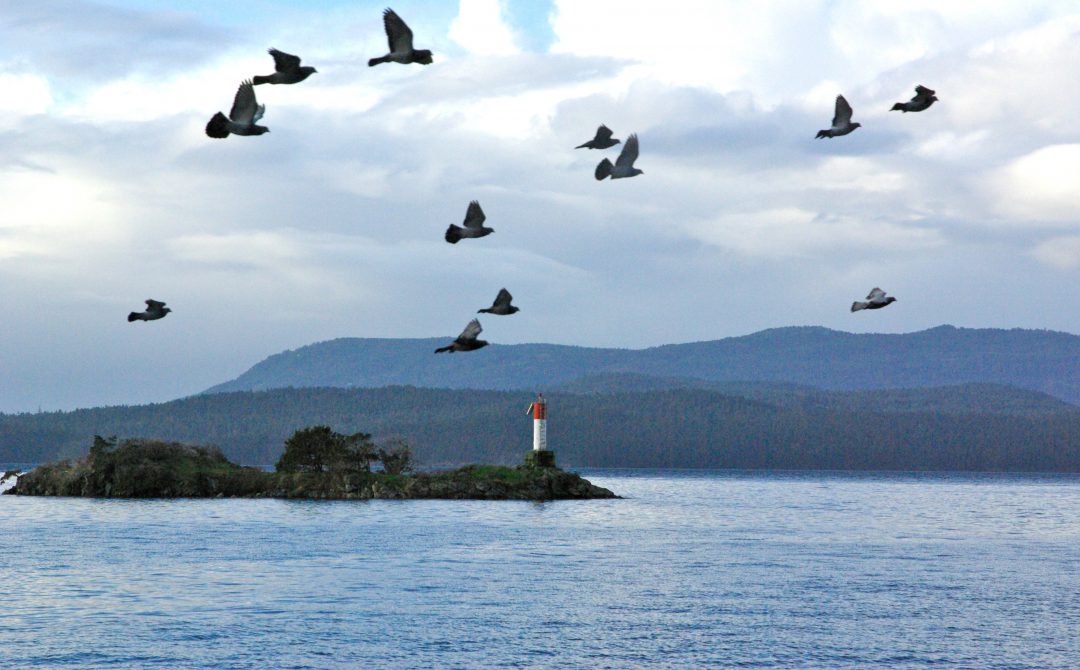
Quick and Dry Boat Building Contest
Good Old Boat contributing editor Cliff Moore sent the following report from this year’s Boatbuilding Challenge held at the North Carolina Maritime Museum in Beaufort, North Carolina. The 2020 challenge will be held in August, in Belfast, South Carolina, so there is time to enter…
“Five professional teams, and six college, high school and middle school teams competed to build a quick-and-dirty flat bottom skiff. Using the same plywood and necessary building materials, station moulds, as much Sikaflex as necessary, and transom blanks, the contestants had to build a skiff, using hand tools and power tools, but no table saws, within the four-hour time period. The plans were from the National Boatbuilding Challenge Committee. Awards were given for fastest build time, quality of workmanship, and, just to make sure they don’t sink, winning the relay/rowing race.
“Each two-man team had the same 12 x 15-foot working space. The oars had to be hand-made by each team, but could be made in advance.
“Last year’s winner and this year’s favorites, Cody Keithan and Bruno Borzoni in Team 2 from Belfast, Maine, beat their previous World Record of 1:29:36 (Georgetown, South Carolina event in 2017) with a winning time of 1 hour and 26 minutes, from start to finish.”
- Teams start with plywood panels. They have to loft them from the plans before cutting, and can use any portable power and hand tools.
- Team 2 is shown dropping the ½” plywood bottom onto the sides. The chine has been slathered with Sikaflex to help seal it and keep it tight over time.
- As Bruno measures and cuts transom quarter piece, team mate Cody trims the bottom with a router. These battery powered tools work incredibly fast and, compared to AC tools, are very quiet. Nevertheless, they did have AC tools, and had prebuilt a crane from plywood to keep the wires up and out of the way. Very nice!
- Here they fit the skeg onto the keel.
- Fitting the inside gunnels.
- Cody is trimming the outside gunnel at the bow, followed by knocking down the sharp edges with a sander.
- Taking a water break at the finish. All essential construction was complete, in 1 hour 26 minutes.
- The finished boat, bottom side.
- The finished boat, inside, with thwarts and sternsheets fitted in place
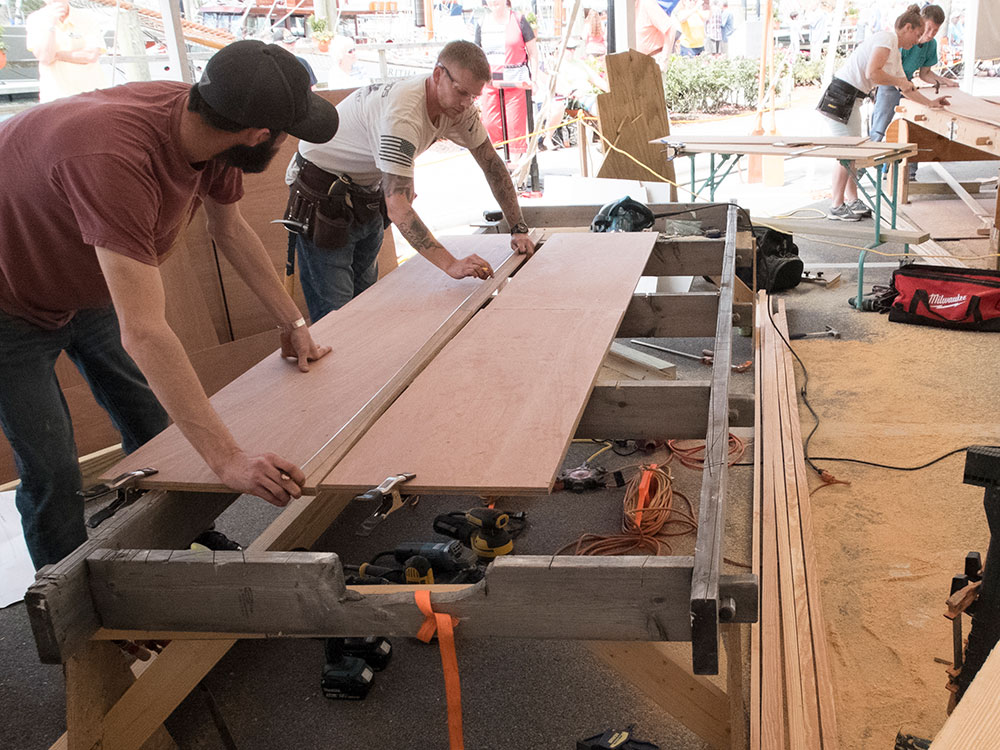
Teams start with plywood panels. They have to loft them from the plans before cutting, and can use any portable power and hand tools.
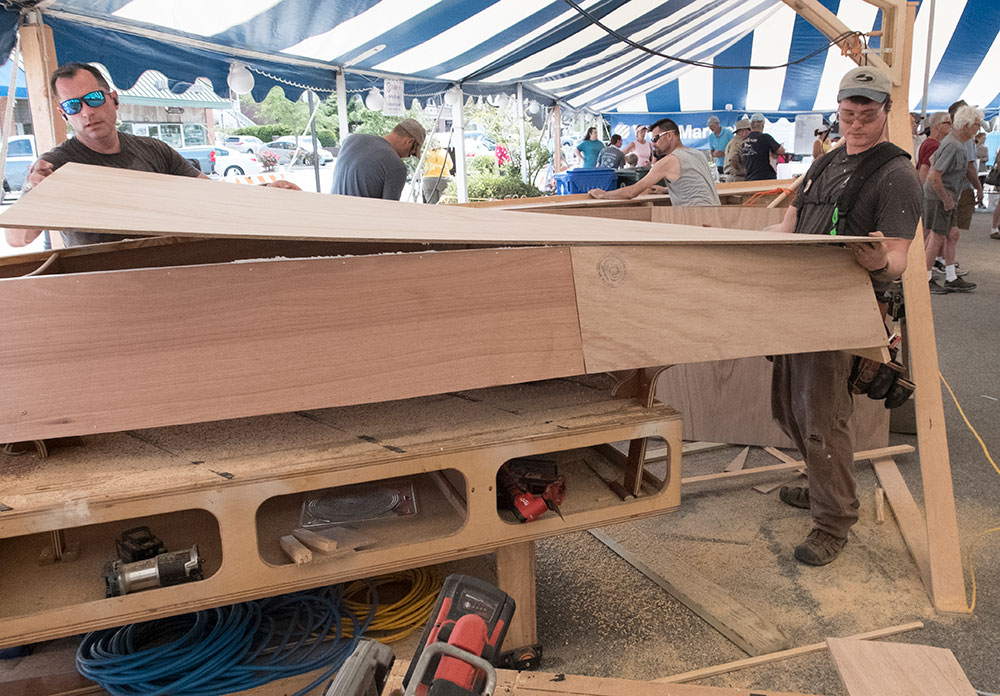
Team 2 is shown dropping the ½” plywood bottom onto the sides. The chine has been slathered with Sikaflex to help seal it and keep it tight over time.

Fitting the inside gunnels.

Taking a water break at the finish. All essential construction was complete, in 1 hour 26 minutes.
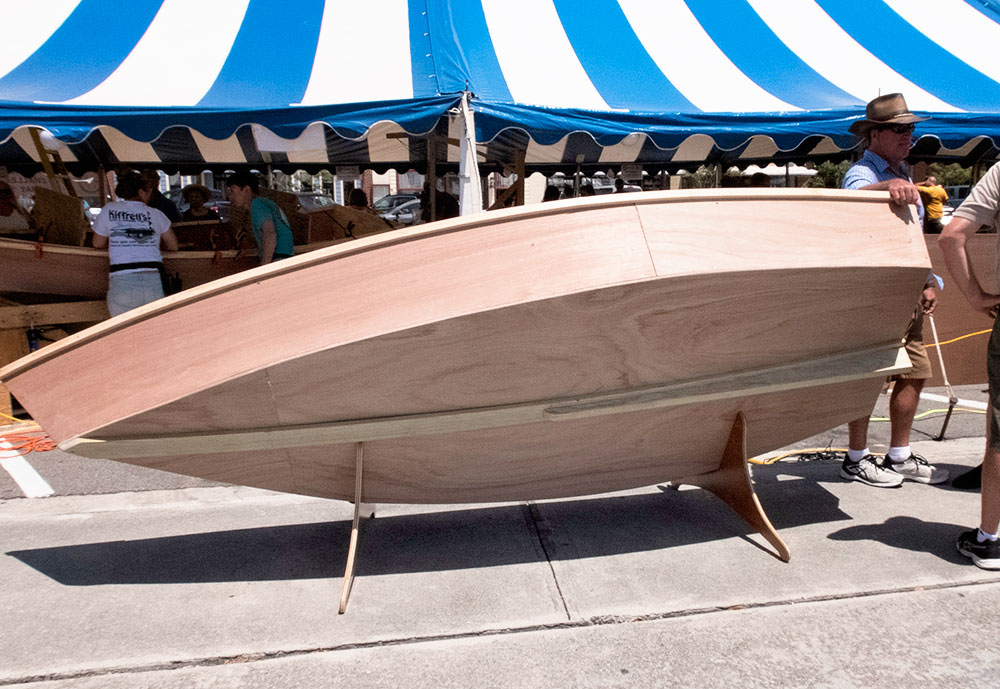
The finished boat, bottom side.
Someone’s Getting a Turn-Key Morgan 32 for a Buck
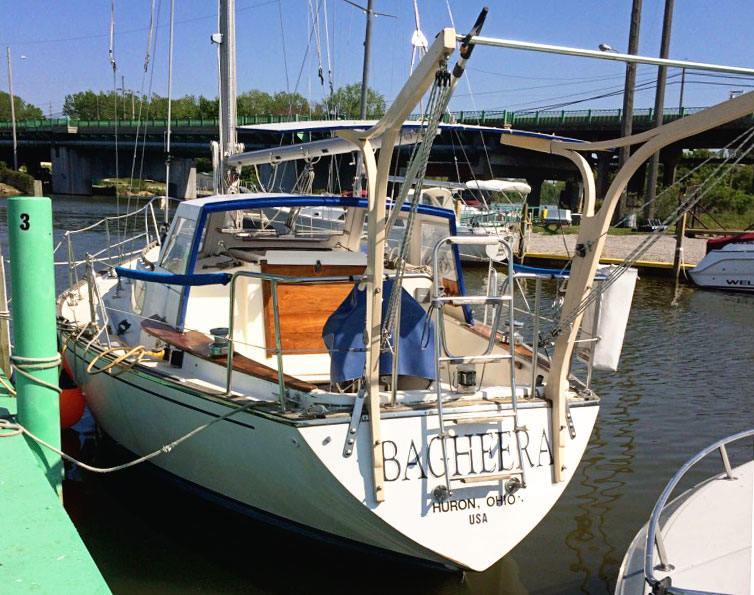
The essay contest is over and Bagheera owner Paul Koepf said it was huge success. He received many essays and is in the process of digesting them all to decide which writer earns the right to buy his beautiful 1981 Morgan 32 at a very good price. Next month we’ll tell the whole story in this space, including the reason Paul took his boat off the market to find her new owner this way. Oh, and we’ll share the winning essay.
Nautical Trivia
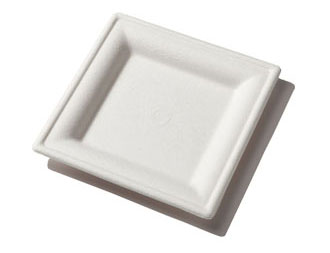 So, we all know what it means to have a square meal. But apparently this is yet another term with nautical origins. Square plates or platters are said to have been used on sailing ships for food service and this is where the term originates. But we wonder why they used square plates—and we think we have a good guess. For years we happened to use octoganal plates aboard our boat, it’s what was aboard when we bought her and we liked them. Over time, we grew to love them because we could stand them up on the drying mat, leaning against the galley bulkhead, and they didn’t roll on their flat ends when the boat rolled, not at anchor or underway. Maybe this is the reason for the square plates/platters? Something to ponder over your next square meal.
So, we all know what it means to have a square meal. But apparently this is yet another term with nautical origins. Square plates or platters are said to have been used on sailing ships for food service and this is where the term originates. But we wonder why they used square plates—and we think we have a good guess. For years we happened to use octoganal plates aboard our boat, it’s what was aboard when we bought her and we liked them. Over time, we grew to love them because we could stand them up on the drying mat, leaning against the galley bulkhead, and they didn’t roll on their flat ends when the boat rolled, not at anchor or underway. Maybe this is the reason for the square plates/platters? Something to ponder over your next square meal.


